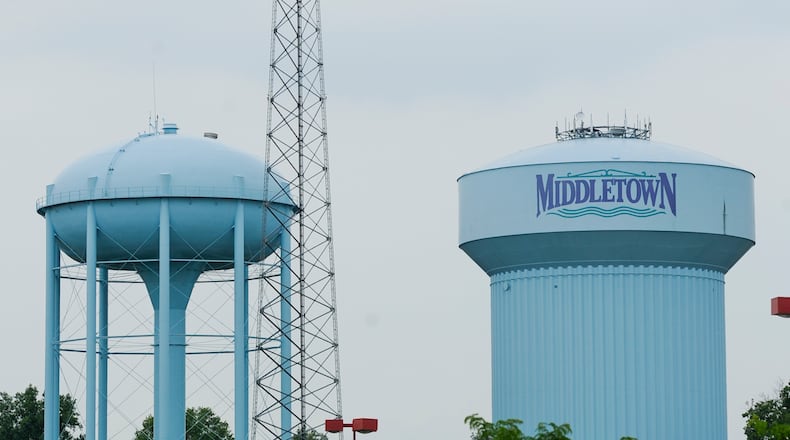As you may or may not know, data from cell phones is used every day to track what we are doing. No, your cell phone isn’t spying on you, but the signal from your phone is likely being tracked. This data helps emergency responders find you in the event you call 911 and can’t tell them where you are. Chances are, wherever you travel, you have your cell phone with you. As you head to or from work, or travel anywhere, your cell phone is changing towers that it communicates with. Think of all the thousands of people that may be traveling along the same route as you. All of this data from all the cell phones is analyzed in real-time – giving users of the information traffic details such as traffic speed potential accidents and delays, as well as congested areas.
But now researchers believe this same data that is already harvested can be used by meteorologists to give more accurate and timely weather forecasts. It is a well-known phenomenon that rain can affect mobile-phone transmissions. In May 2006 edition of Science, researchers demonstrated that they could estimate how much precipitation was falling in an area by comparing changes in the signal strength between communication towers. Water droplets in the air reduce signal strength, with different-sized droplets affecting specific frequencies in the signal. Cell phone communication stations automatically compensate for signal attenuations as the atmospheric conditions change which means we rarely notice any problems. However, the signal changes can be tracked in real-time, giving weather forecasters the ability to provide high-resolution weather data, especially flood warnings.
ClimaCell, a start-up company in Boston, Mass., launched a mission on April 2 to provide hyperlocal rainfall forecasts. The 12-person firm said it can integrate data from microwave signals and other weather observations to create more accurate short-term forecasts. It notes it can provide high-resolution, street-level weather forecasts three hours ahead, and will aim to provide a six-hour forecast within six months. The company has yet to make information on its system public or publish it in peer-reviewed journals.
For now, using a “loss of signal” on our television screen or on our cell phones is just a nuisance. But imagine a day that your TV or your cell phone can actually detect the weather in your area and alert you to how much rain is about to fall. It could happen sooner than we think.
Eric Elwell is WHIO StormCenter 7 Chief Meteorologist. Contact him at eric.elwell@coxinc.com or follow him on Facebook and Twitter.
About the Author
